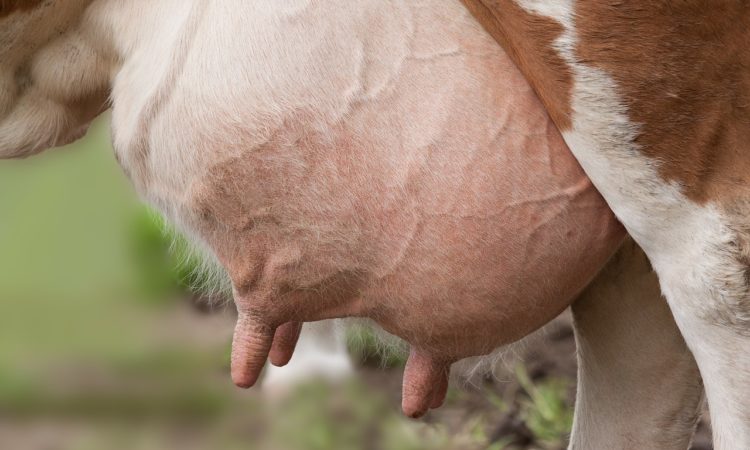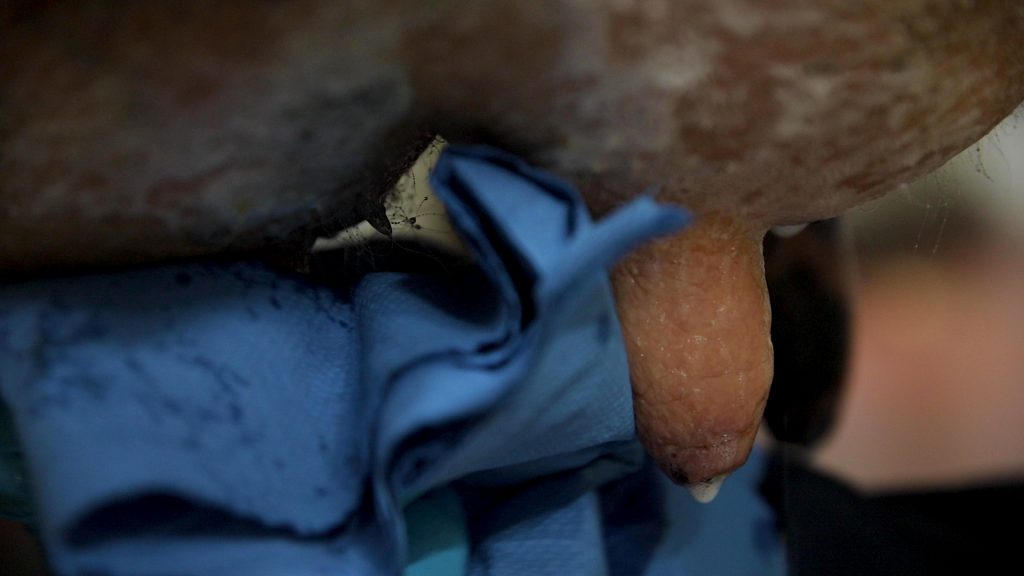With spring-calving herds starting to dry off some of the milking herd already, it won’t be long until the milking season comes fully to a close.
It’s important that cows are given an adequate dry-off period. The calving season won’t be long coming around, so it is important that cows are afforded an adequate dry period so that they can begin to build up body condition ahead of calving time.
For example, thin cows with a body condition score (BCS) of less than 2.75 and first lactation cows should be earmarked for a longer dry period.
Cows need a dry period of at least eight weeks to allow for udder repair and to rejuvenate, which is especially important for thin or young cows.
As well as that, it’s important to review expected calving dates to plan your dry-off dates, some farms will be calving down cows in January so it’s important to keep that in mind when deciding what cows to dry off first.
Drying off
In terms of the drying-off process, Teagasc recommends to dry off abruptly and to avoid skipping milkings leading up to dry off.
Furthermore, feed availability should be reduced for cows yielding greater than 12L/day in the week prior to dry off in order to reduce milk production by the dry-off date; however, water access should not be reduced.
It’s important to be prepared and everything you need purchased beforehand. For example, necessary equipment such as a clean apron, disposable gloves, teat wipes / cotton wool, methylated spirits, marker and intramammary tubes will be required.
As well as being prepared in terms of having the necessary equipment, it’s also vital that you are rested and in good form. You don’t want to be going in drying-off cows when you are tired and stressed out.
Cleanliness is vital to success at drying off. Therefore, have a system in place for cleaning, sterilising teats and tubing, and repeat for each cow. Make sure teats are disinfected post-tubing and clean the parlour between batches to maintain a clean environment.
For many, the grazing season is over and cows are now housed; so, following dry off, avoid putting the cows back into the cubicle house and, instead, let them stand in the yard for a half an hour afterwards.
Your work isn’t done yet
Unfortunately, your work isn’t over yet. Once cows have been dried off, it’s important to make sure that cubicles are kept clean over the hosing period.
Therefore, it’s best to clean and lime cubicles twice daily for the entire duration of the dry period. This is because cows are susceptible to infection, particularly for two weeks after drying off and two weeks before calving, according to Teagasc.


